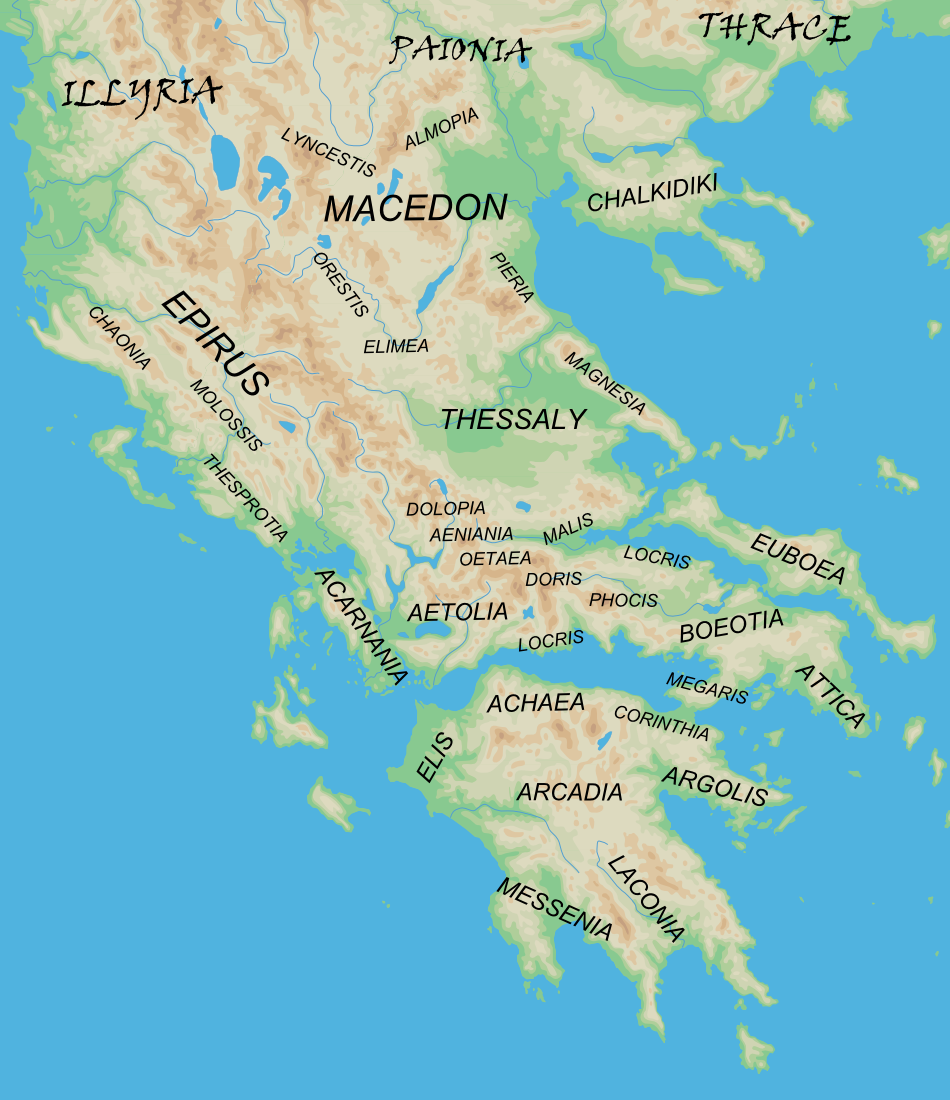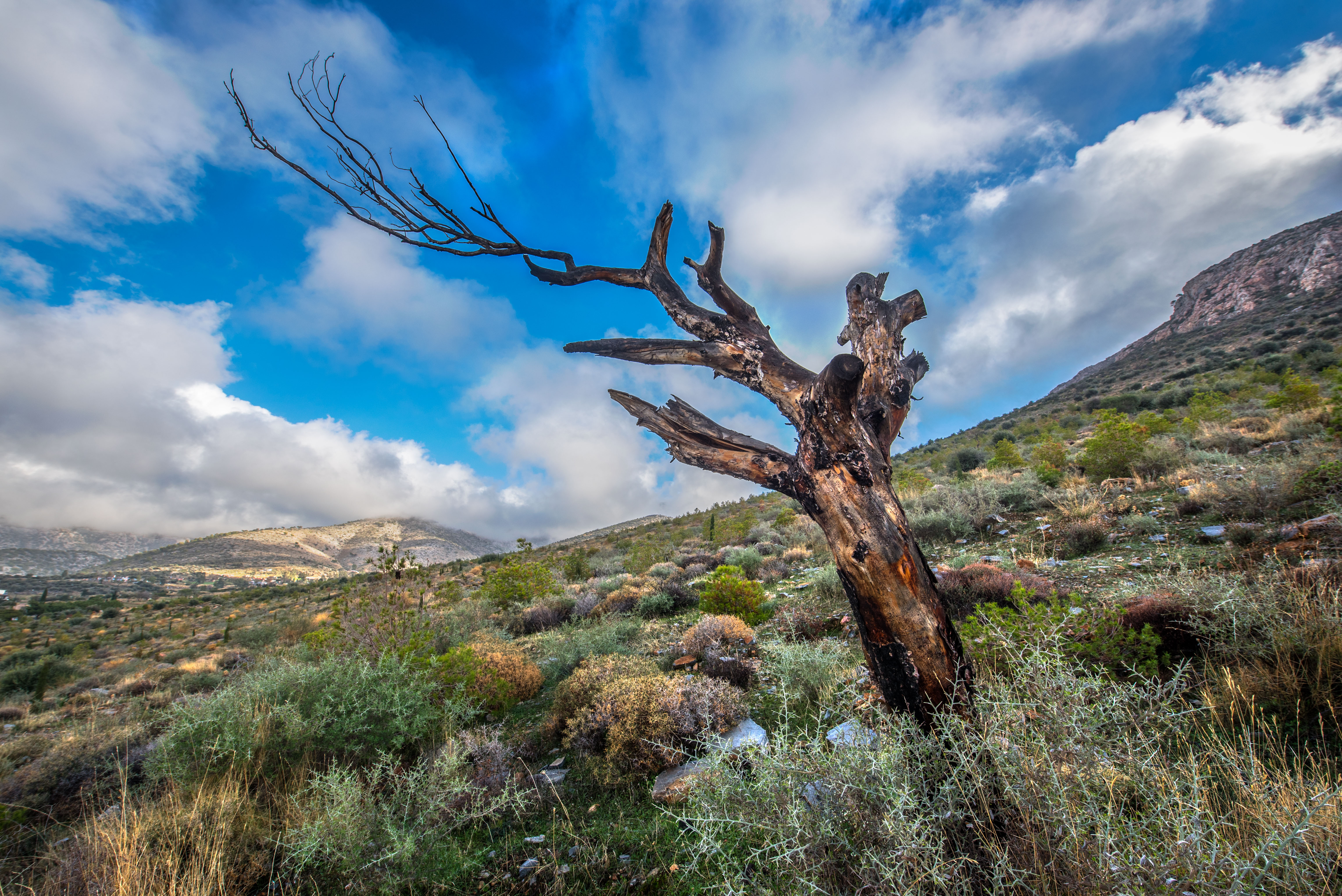|
Cholleidae
Cholleidae or Cholleidai (), or Chollidae or Chollidai (Χολλίδαι), was a deme of ancient Attica. It is supposed to have been near the Nymphaeum, or Grotto of the Nymphs, situated at the southern end of Mount Hymettus, and about three miles (5 km) from Vari Vari () is a southern suburb of Athens and former municipality in East Attica, Greece along the Athens coast. The ancient Athenian deme of Anagyrous was situated here. Since the 2011 local government reform it is part of the municipality Vari-Vo ... by the road. From the inscriptions in this cave, we learn that it was dedicated to the nymphs and the other rustic deities by Archedemus of Pherae, who had been enrolled in the deme of Cholleidae. Hence it is inferred that the grotto was, in all probability, situated in this deme. The exact site of Cholleidae is unlocated. People * Philippus of Chollidae References Populated places in ancient Attica Former populated places in Greece Demoi Lost ancient cities ... [...More Info...] [...Related Items...] OR: [Wikipedia] [Google] [Baidu] |
Deme
In Ancient Greece, a deme or (, plural: ''demoi'', δήμοι) was a suburb or a subdivision of Classical Athens, Athens and other city-states. Demes as simple subdivisions of land in the countryside existed in the 6th century BC and earlier, but did not acquire particular significance until the reforms of Cleisthenes in 508 BC. In those reforms, enrollment in the citizen-lists of a deme became the requirement for citizenship; prior to that time, citizenship had been based on membership in a phratry, or family group. At this same time, demes were established in the main city of Athens itself, where they had not previously existed; in all, at the end of Cleisthenes' reforms, Classical Athens, Athens was divided into 139 demes., Three other demes were created subsequently: Berenikidai (224/223 BC), Apollonieis (201/200 BC), and Antinoeis (AD 126/127). The establishment of demes as the fundamental units of the state weakened the ''genos, gene'', or aristocratic family groups, that ... [...More Info...] [...Related Items...] OR: [Wikipedia] [Google] [Baidu] |
Ancient Attica
The regions of ancient Greece were sub-divisions of the Hellenic world as conceived by the ancient Greeks, shown by their presence in the works of ancient historians and geographers or in surviving legends and myths. Conceptually, there is no clear theme to the structure of these regions. Some, particularly in the Peloponnese, can be seen primarily as distinct geo-physical units, defined by physical boundaries such as mountain ranges and rivers. Conversely, the division of central Greece between Boeotia, Phocis, Doris and the three parts of Locris, seems to be attributable to ancient tribal divisions and not major geographical features. Both types of regions retained their identity throughout the Greek Dark Ages and its tumultuous changes in the local population and culture, giving them a less political and more symbolic presence. Other geographical divisions not identified with the aforementioned areas did, however, change over time, suggesting a closer connection with tri ... [...More Info...] [...Related Items...] OR: [Wikipedia] [Google] [Baidu] |
Mount Hymettus
Hymettus (), also Hymettos (; ; ), is a mountain range in the Athens area of Attica, East Central Greece. It is also colloquially known as ''Trellós'' (crazy) or ''Trellóvouno'' (crazy mountain); the latter originates from the French "très long" (very long) in awe of its winding length of 16 km, as used by French travelers during the occupation of Greece by the Ottomans. Hymettus was assigned the status of a protected area in the EU's Natura 2000 ecological network. Geography The highest point of the mountain range is Evzonas (Εύζωνας) with an elevation of . The length of Hymettus stretches from Athens to the Saronic Gulf. It is 6 to 7 km from east to west. In ancient times, the highest point was known as Megas Hymettos and the southern peaks as Elasson (Ἐλάσσων "lesser, smaller") and Anydros Hymettos (Ἄνυδρος Ὑμηττός, "waterless Hymettos"). Today the southern peaks are called Mavrovouni (Μαυροβούνι, "black mountain") ... [...More Info...] [...Related Items...] OR: [Wikipedia] [Google] [Baidu] |
Vari
Vari () is a southern suburb of Athens and former municipality in East Attica, Greece along the Athens coast. The ancient Athenian deme of Anagyrous was situated here. Since the 2011 local government reform it is part of the municipality Vari-Voula-Vouliagmeni, of which it is a municipal unit. The municipal unit has an area of 22.633 km2. Geography It lies at the southwestern end of the Mesogeia plain and the southeast shoulder of the Hymettus mountain, near the Saronic Gulf coast. Greek National Road 91 connects Vari with Athens city centre and Sounio. Vari's beach is located in an area called Varkiza, a fishing village that joined the municipality of Vari, in 1997. This particular beach has won the Blue Flag beach, blue flag many years in the past, including 2009. After 1 January 2011 Vari joined Voula and Vouliagmeni, according to Kallikratis regulations, in a joined municipality. Grigoris Konstantellos is the incumbent mayor, elected for a second term at May 26, 2019, f ... [...More Info...] [...Related Items...] OR: [Wikipedia] [Google] [Baidu] |
Archedemus Of Pherae
Archedemus or Archedamus ( or Ἀρχέδαμος) was the name of a number of different people from classical antiquity: * Archedemus of Athens, an Athenian leader in the 5th century BCE * Archedemus of Pelekes (Ὁ Πήληξ), a speaker mentioned by Aeschines who is otherwise unknown but should be distinguished from the preceding * Archedemus of Aetolia, an Aetolian who commanded the Aetolian troops which assisted the Romans in the Second Macedonian War with Philip V of Macedon * Archedemus of Tarsus, stoic philosopher from the 2nd century BCE * Archedemus of Thera, stone worker, sculptor 5th century BCE. He transformed the Vari Cave into a sanctuary dedicated to Pan (god), Pan, the Nymphs and the Charites. {{disambig ... [...More Info...] [...Related Items...] OR: [Wikipedia] [Google] [Baidu] |


